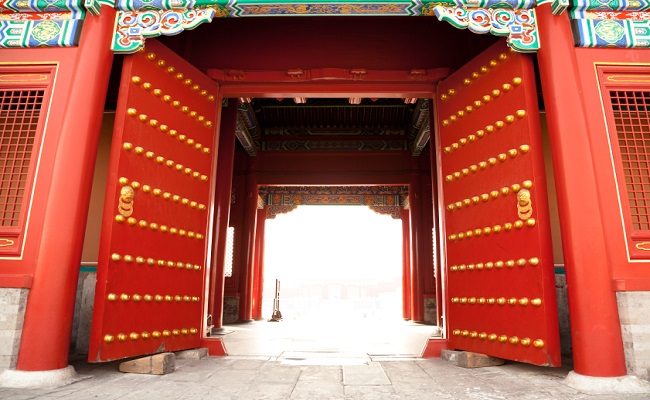
China’s Wu-Zi Strategy – How it is Relevant in Chinese Posturing Today
Mon, 09 Nov 2020 | Reading Time: 8 minutes

Though only a part of this book is available now when we see the current Chinese posture, the Strategy book written by Wu-Qi which is commonly known as Wu-Zi now is reflected verbatim in the action of Dragon today. (Please see figure 1.1- General Wu-Qi)

Let’s analyse Wu-Zi first. In the current context, we see that Wu-Zi seems to be the official strategy book of China. The strong points of this book will be uncovered and related in today’s global context. It is visible that every activity shown by China nowadays is a mirror image of some or the other part of this book.
Surround the Enemy with Your Friends- The book speaks of a strategy to surround the enemy much before the conflict starts. It says that the king must make kingdoms surrounding its enemy as his friend and in return, they should support him in its logistics and other material support.
After the industrial revolution in China, China started a rapid phase of its military modernisation which has taken a leap in the last two decades; China started doing exactly what Wu-Qi wrote. Firstly, they identified the countries which could pose a challenge to them or could be her enemies in the future. In the next part, they started with investing in poor and developing nations across the world that were located at strategic points and surrounding the so-called enemies of China.
As a next step, they invested and slowly compelled these countries to behave as per the whims and fancies of China. Some of the ASEAN Countries – Sri Lanka, Maldives, Bangladesh, Pakistan, Nepal; Latin America – Argentina, Brazil, Chile, Peru, Venezuela and Mexico to be specific; Countries of Eastern Europe, Countries of Mediterranean as well as some African countries are the ones who have fallen victim to this Wu-Zi strategy. The rules are simple; first, pump in the money and then change the repayment clauses forcing the country in a situation that it is not able to re-pay the loans.
And when the country expresses its inability to pay the loans, then negotiate to occupy strategic assets of that country like Ports, Airbases, islands and communication channels. Thus, leaving no option and at last, the victim country is compelled to dance to the tunes of China.As per Carmen Reinhart, Chief Economist of World Bank, China mostly keeps the investment details with the countries as a secret but in all perspectives; it is backed by strong collateral guaranteed by the government of these countries.
Now, what kind of collaterals are these? Since the poor country is not able to provide collateral in the form of money or any other tangible asset, these collaterals are in the form of rights to mine in a particular area, rights to operate a port, ownership of a piece of land or any other asset, tax windows for an unspecified period or maybe compelling trade agreements. When we talk about Chinese actions in the perspective of its potential enemies, we can have two examples here- Firstly it is India and secondly, it is other global powers like the United States of America. China considers both as a threat.
In case of India – China has been trying to influence India’s neighbours like Pakistan, Bangladesh, Nepal, Sri Lanka, Myanmar and Maldives in a big way and in turn, some of them have already fallen to the Chinese debt trap. As a result, few of them have been compelled to lease out their strategic assets to China. The leasing out of two islands in the Indian Ocean to China for extending its military activities by Pakistan is a recent example.
In the case of other global powers- Even though they are not the neighbours and located far off from China, the encircling is still going on in a big way. See the Chinese presence in Europe especially in Balkans, post-Soviet Countries of Asia and Europe as well as in Latin American Countries. While the dragon has already established its Military bases in Neuquen-Argentina, Djibouti, Coco-Islands in Myanmar, Gorno-Badakhshan in Tajikistan and Jiwani-Pakistan, it is in the process of establishing new bases in Sindh-Pakistan, Maldives, Venezuela, Ecuador and Bolivia.
Securing Logistics and Supply Lines of the Forces- This is the second most important aspect which is mentioned in Wu-Zi. In fact, rather than war tactics, Wu-Zi emphasizes more on logistics and supply lines of an Army. It says that the country must keep its channels of maintenance secured and open under all circumstances. It describes in detail as to how a King should establish its strong points in the critical places so that not only they serve as a logistics hub but also help neutralise the enemy in the event of a war. The same what we see today in Chinese “String of Pearls” and “Belt and Road Initiative (BRI)” of China.
Today China has a big industrial presence across the world primarily aimed to support its logistics and supply lines. If we see the world map today and plot the Chinese industrial presence across the globe, a very surprising picture emerges. China has made inroads in all four major continents (Asia, Europe, North America and South America) in the name of trade and economic activities. Where it could not establish its trade bases, it has established shared business ventures and manufacturing facilities. There have been few countries which did not allow China to establish its industrial bases. Chinese authorities have an answer to this too. Chinese Financial Institutions have invested heavily in these countries. It is but natural that if you are holding a controllable stake in a company- you are the de-facto owner of that company. In India, we have many of these companies which have a lion’s share of their stakes owned by a Chinese company directly or indirectly. We must not forget that the British East India Company came to India primarily to do a trade but ended up ruling on us for over 200 years.
Have a Lean but Effective Armed Forces- Wu-Zi speaks about the effectiveness of an Army in detail. It says that having a large army is not the key to win a battle but having a better trained, better equipped and self-sustained force can certainly get you a victory. The first two chapters of Wu-Zi emphasises on the use of pieces of equipment and training as a force multiplier. If we see the Chinese forces now, this principle is being followed in letter and spirit. Wu-Zi briefly touched upon another dimension of having a strong and self-sustained military too. It discourages dependence on outside military help unless extremely required. It further reveals that the individual strength and capability of a soldier matters more than the number of soldiers. It directly means edge to quality over quantity to make few soldiers more lethal than recruiting a large number of soldiers.
The aspect of Wu-Zi about self-sustenance in military production took a strong leap after 1995 and since then the military might of China has increased many times. They are among the fastest-growing militaries of the world as of now however the actual capability of their war machines is still unknown. Because of the censorship of media, the outside world comes to know only what the dragon wants them to know. Recently, China re-structured its Armed forces and not only they reduced the overall number of soldiers but equipped them with best possible war gadgets and training which made them much more lethal and more war effective.
Don’t let the enemy know your real strength and create propaganda to misguide him. This part of Wu-Zi reveals strategy about secrecy and propaganda of war machines. It says that the actual power of a king should never be known to the enemy and the propaganda should be made in such a way that enemies should always be afraid. Chapter 4 of Wu-Zi emphasises on three principles- Use Spies, Sow Discord and Create Stress in the mind of the enemy.
Concurrently the Chinese propaganda machine is well known to the world. Till date, we never know what the actual Chinese strength is. The world must rely on their version of the story. Right from their social issues, political issues, and economic issues to the military aspects- propaganda war is everywhere. China created agencies like Global Times who are completely dedicated to propaganda warfare. Not only to the external elements, but the Chinese propaganda machine is aimed at its own people too. They see, hear and believe what the communist government wants them to. All the media agencies are censored, freedom of expression is curtailed and anyone violating it faces the wrath of the state in one form or another. On one hand, they glorify some of the leaders and they tarnish the images of some other leaders, on the other hand, creating a single narrative among their population.
- As far as external propaganda is concerned, China has been successful in creating an image among the world that it is intending to rise peacefully. Although it has occupied large tracts of lands within its neighbours’ borders, complaints or questions are not rampant. At the same time, it is working hard to emerge as a global superpower by weakening the influence of western countries on its neighbours.
China occupied a large chunk of Indian territory in Ladakh way back in 1954-55 and has continued to occupy it till now. Both countries fought a major war in 1962 and there have been several minor clashes on the border issue but till as late as now, China was not considered as a military threat in the near term. There is a lobby in India which plays down the Chinese threat. This shows the real strength and intensity of Chinese Propaganda which has entered into the Indian System.
Enforce Your Rule over the Local Population- Chapter 5 of the Wu-Zi describes the action of the Chinese government in areas like Xinjiang and Tibet. It says, whenever you occupy an area and the locals refuse to accept you as a ruler, do the following: –
-
- Take control of the area, buildings and ensure that none of your soldiers causes damage or theft there.
- Enforce control over the religious leaders, community leaders and local lords so that their control can be used in controlling the population.
- The rebels draw their energy from their religious or social history, so destroy their institutions and old texts till they are compelled to follow your guidelines.
- While doing all this, never let the local population realise that you are a threat to them. If you must punish someone, punish him discreetly so that locals don’t come to know.
Now when we see the Chinese actions in Tibet or Xinjiang- it is in sync with the above thoughts. China has influenced the local leaders and whosoever did not agree has either left the country or has disappeared forever. The religious institutions, old Buddhist Universities and the religious practices are barred in Tibet. The same aspect is visible in Xinjiang also where identities of mosques and religious symbols are finished over the last two decades.
What should India do now?
So, what should India do? It is a tough question to answer. It is a known fact that today’s India is not the same as it was in 1962. Like China, India has also grown and a lot of water has flown through the Ganges as well as Huang-Ho since 1962 Indo-China war. India must pick up the pace now. As far as the defence budget is concerned, India is still hovering at a figure of an average 2.5 per cent allocation of GDP which is grossly inadequate. The old saying is that “You can prosper in life only if you survive in war”. Similarly, a nation can have welfare activities for its citizens only if it survives. In the Chinese context, it could be said there isn’t enough time left for India.
Chinese aggression cannot be countered at the border alone. The response has to be in the same language. While on one hand, India should establish its foothold globally to counter Chinese influence, the need of the day is to speed up indigenous defence production and ensure the sustainability of resources. Global, as well as Indian experts, are not denying the possibilities of a two-pronged war in the future since Pakistan and China are hands in gloves not only militarily but economically too.
Disclaimer
The opinions expressed in this article are the author’s own and do not reflect the views of Chanakya Forum. All information provided in this article including timeliness, completeness, accuracy, suitability or validity of information referenced therein, is the sole responsibility of the author. www.chanakyaforum.com does not assume any responsibility for the same.
Chanakya Forum is now on . Click here to join our channel (@ChanakyaForum) and stay updated with the latest headlines and articles.
Important
We work round the clock to bring you the finest articles and updates from around the world. There is a team that works tirelessly to ensure that you have a seamless reading experience. But all this costs money. Please support us so that we keep doing what we do best. Happy Reading
Support Us




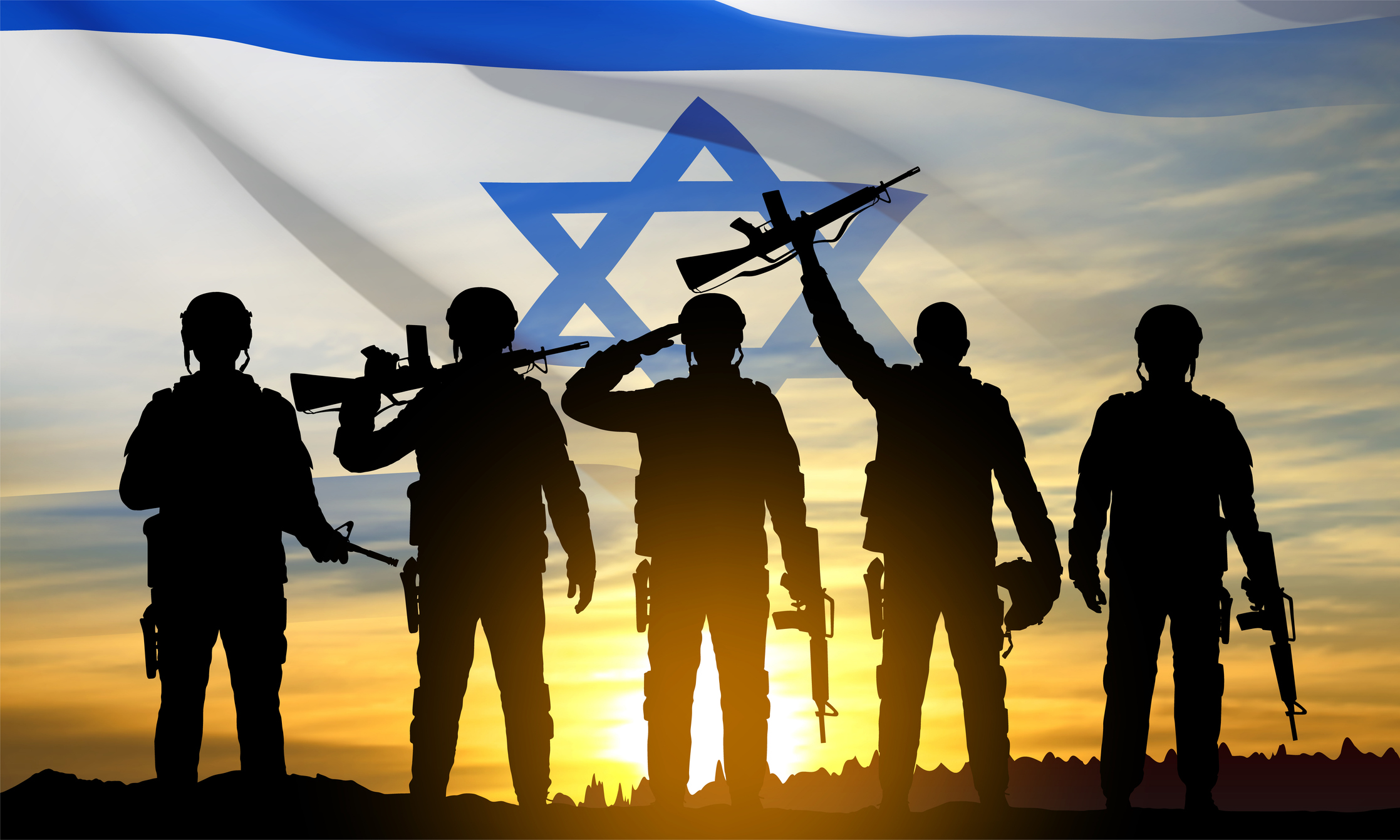

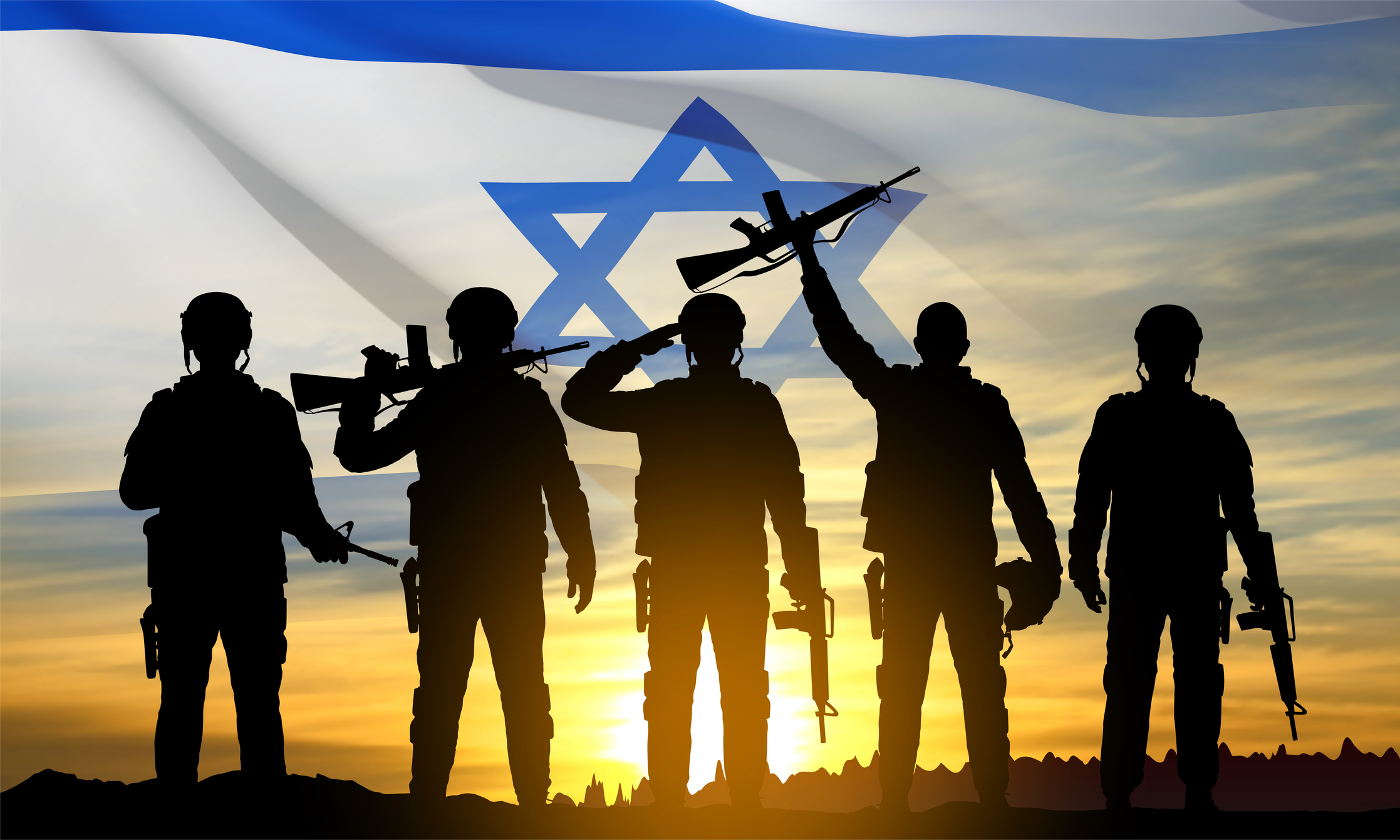
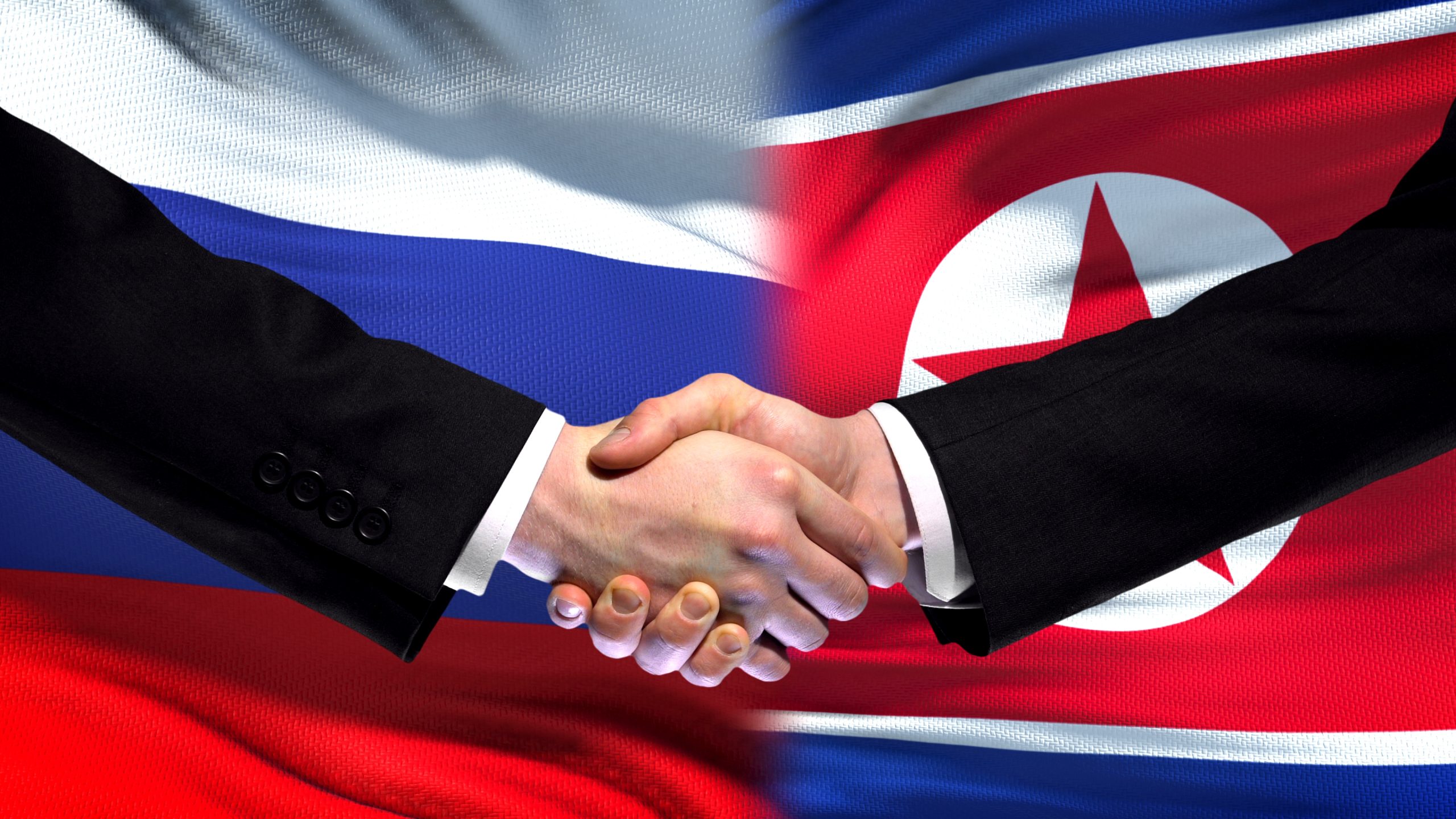

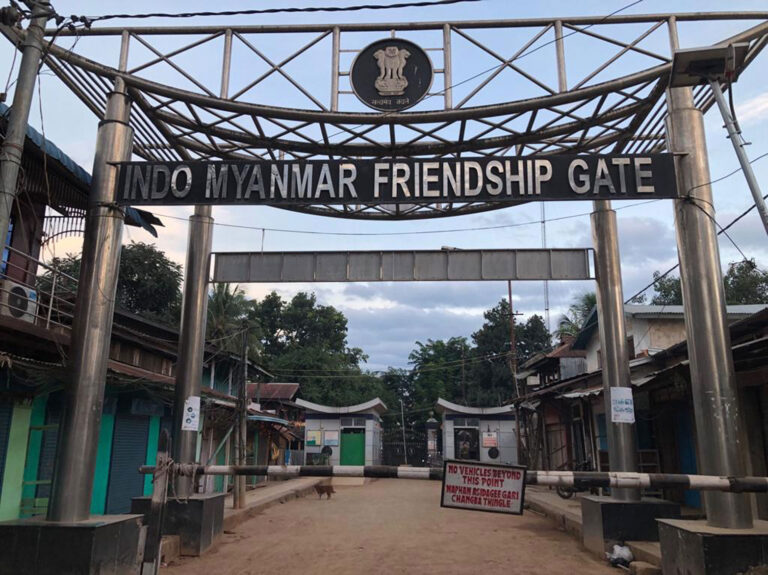
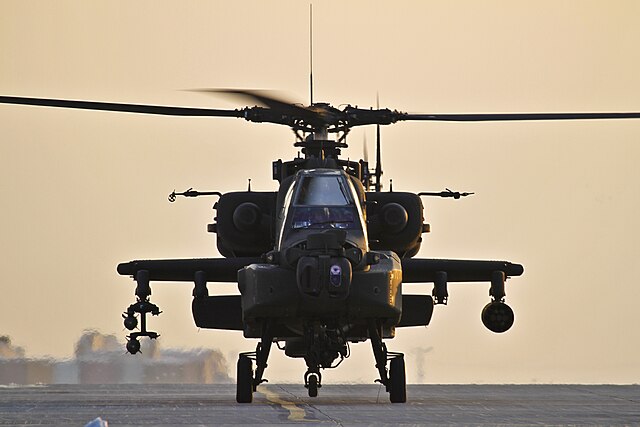
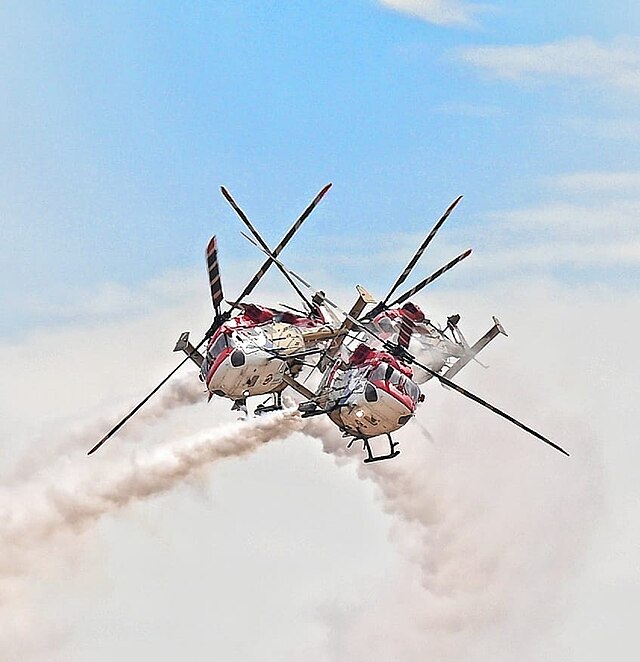
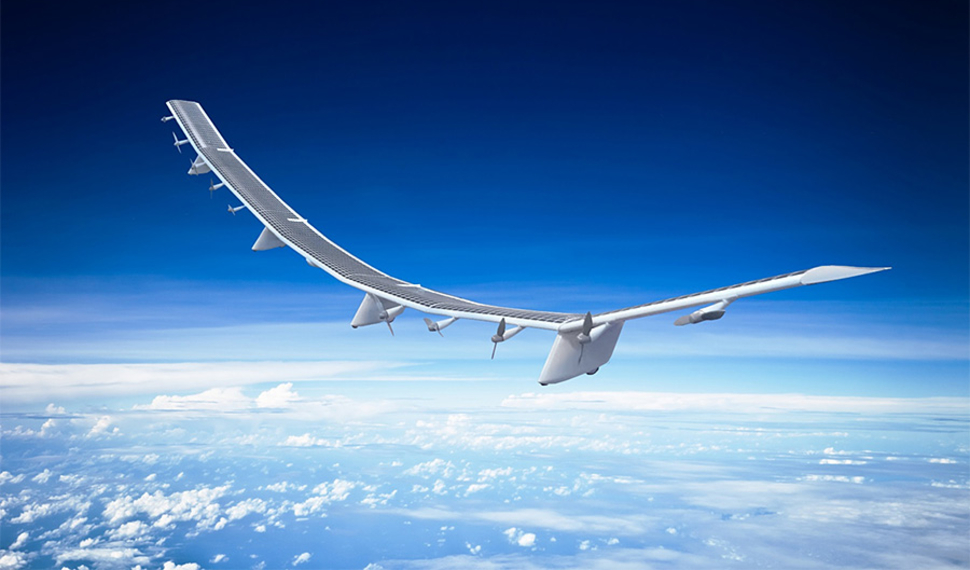
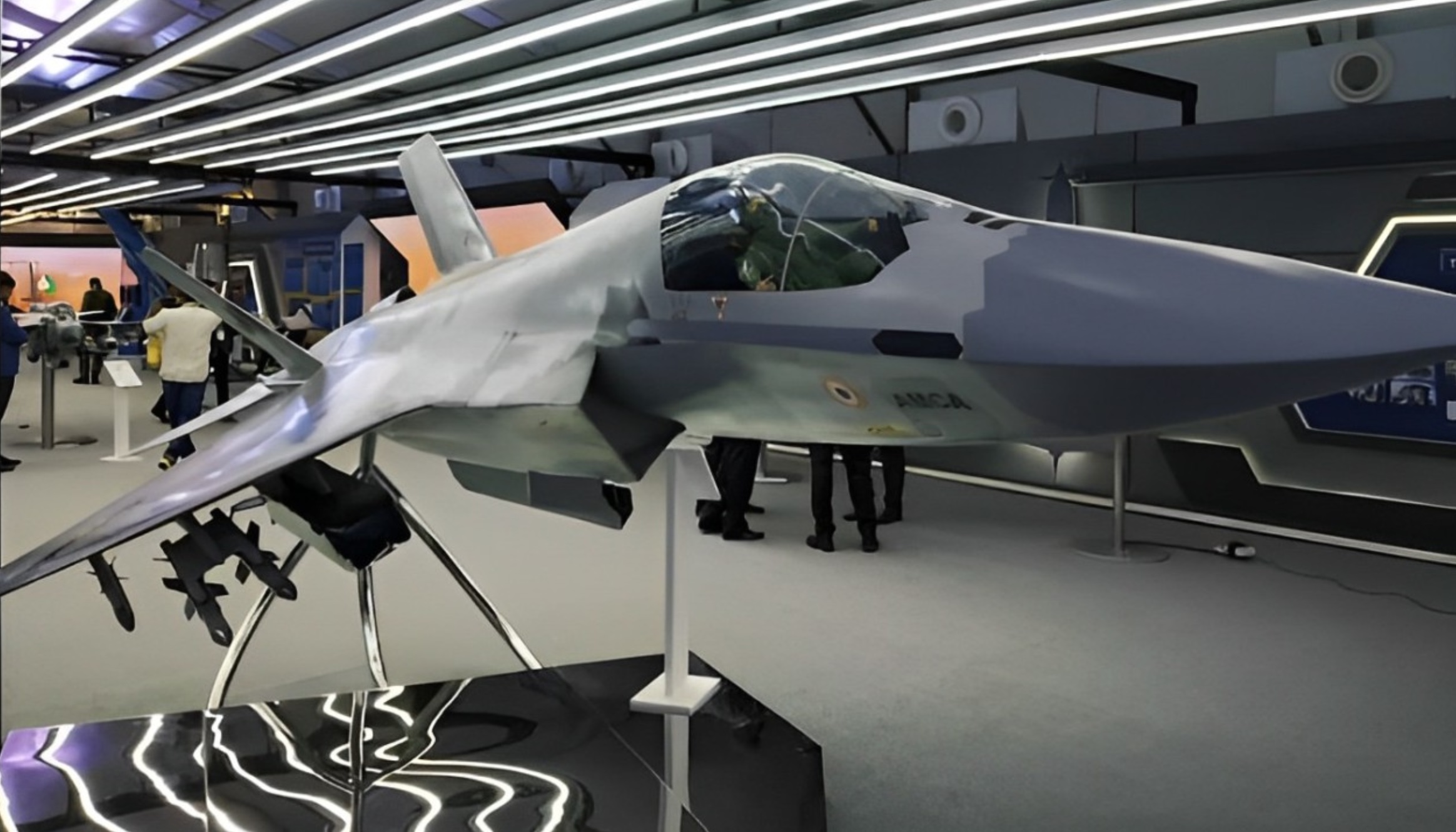






POST COMMENTS (0)